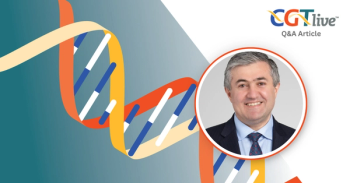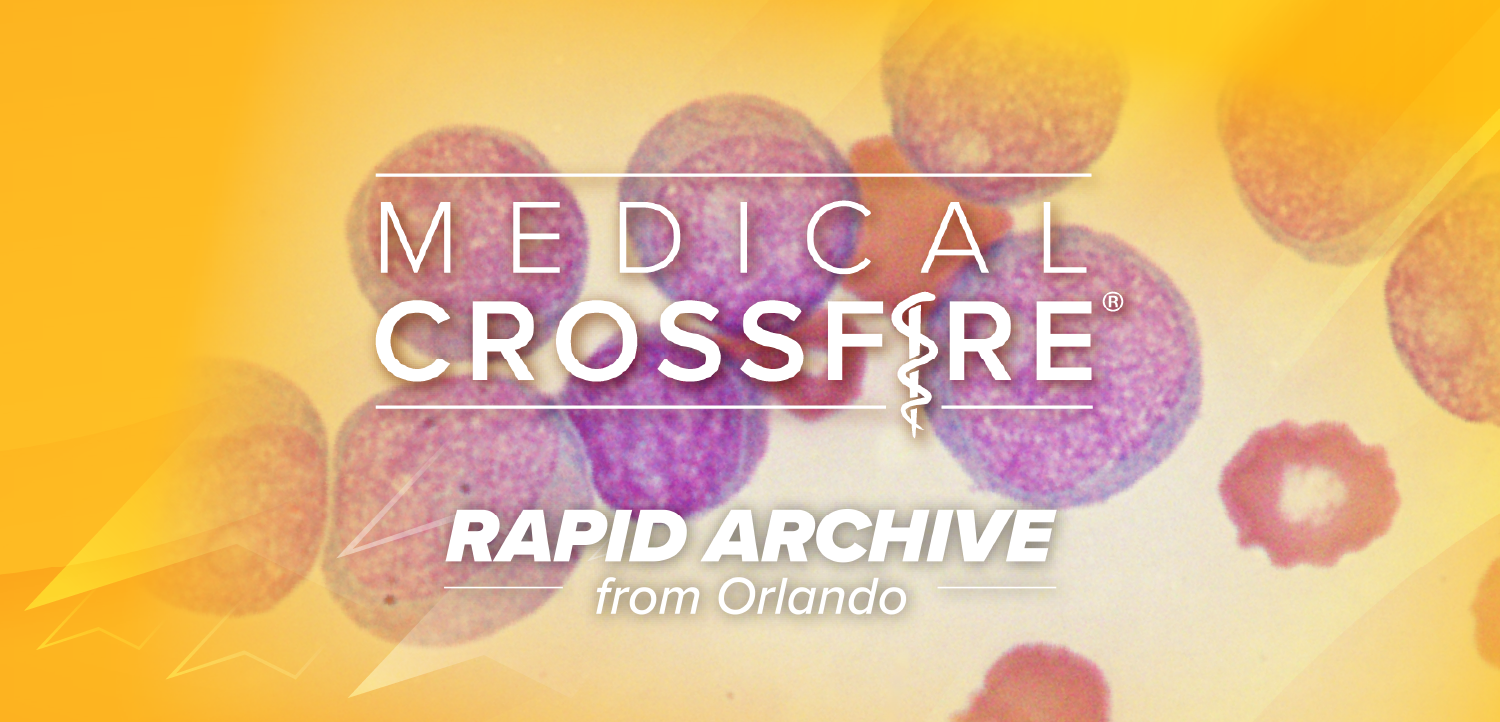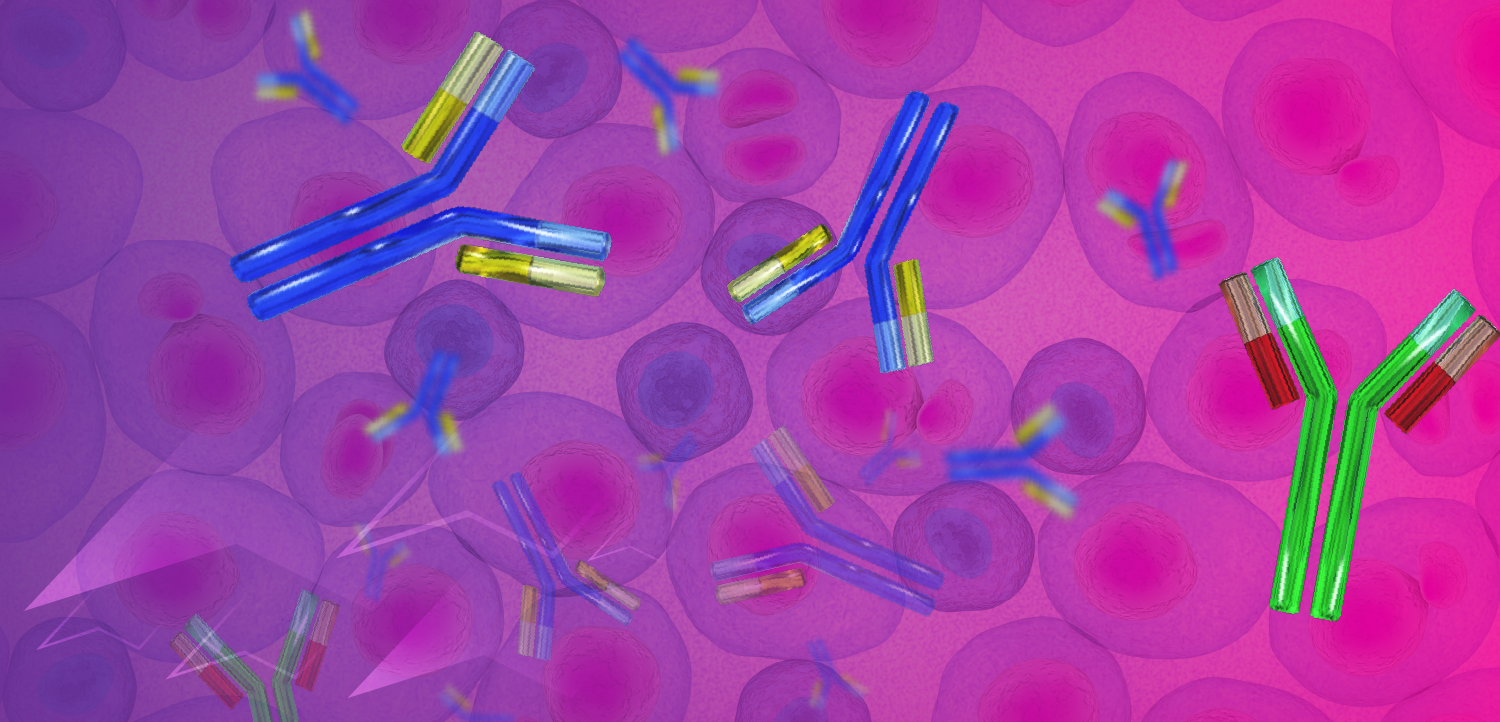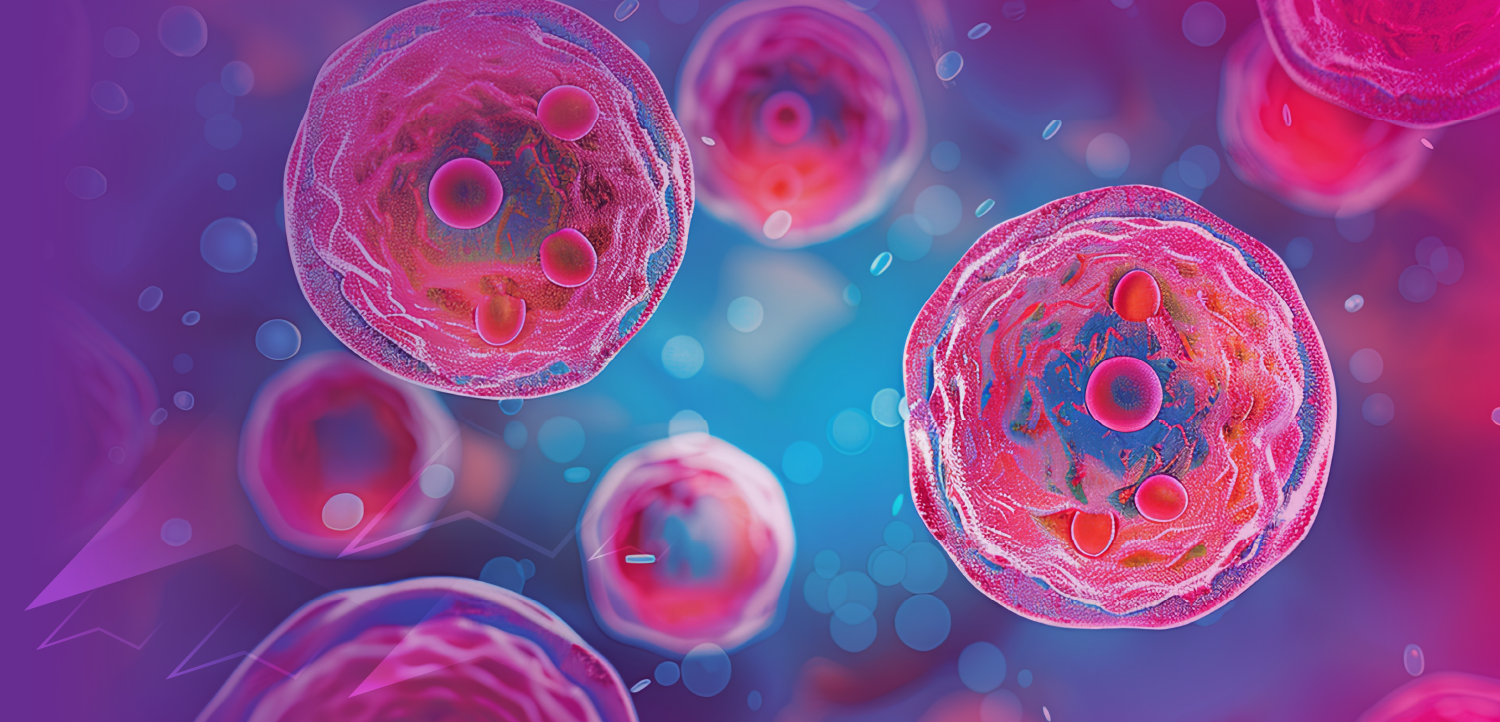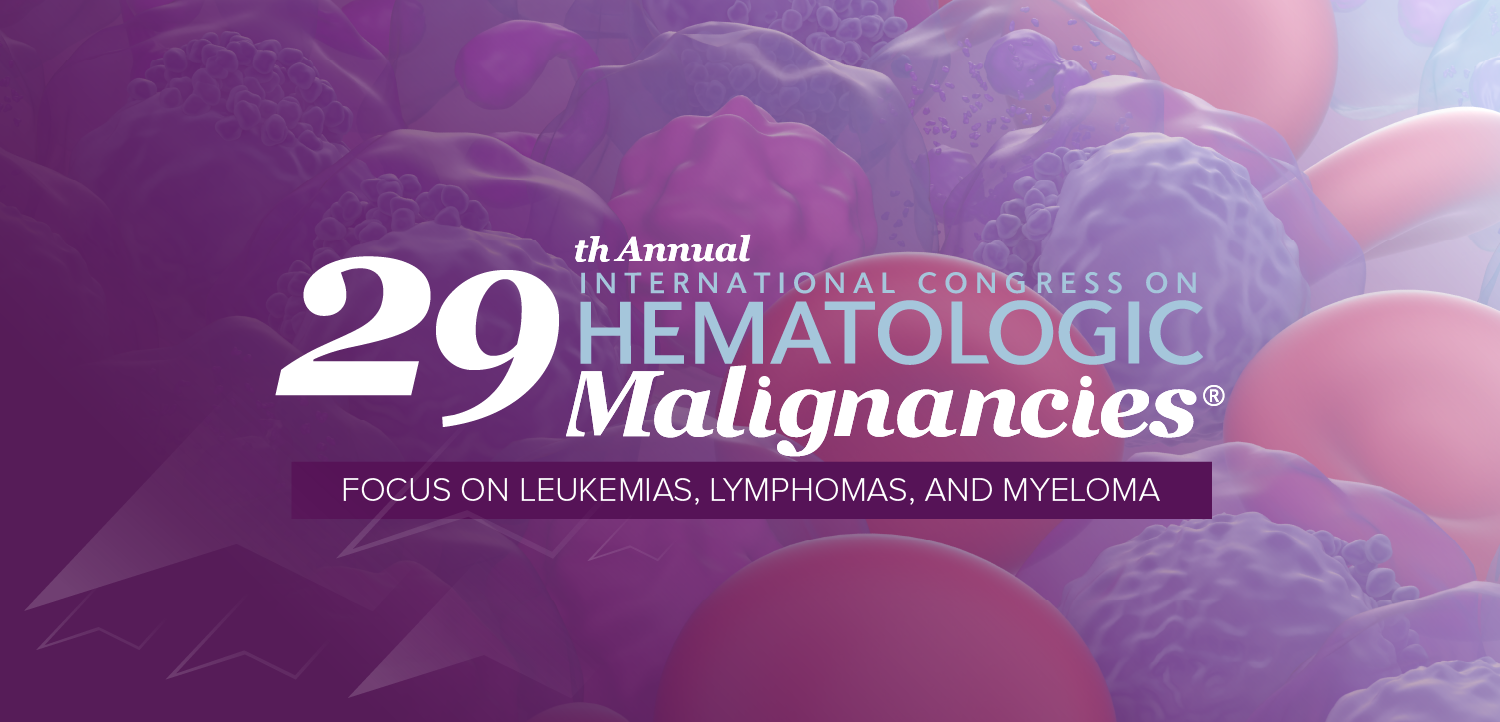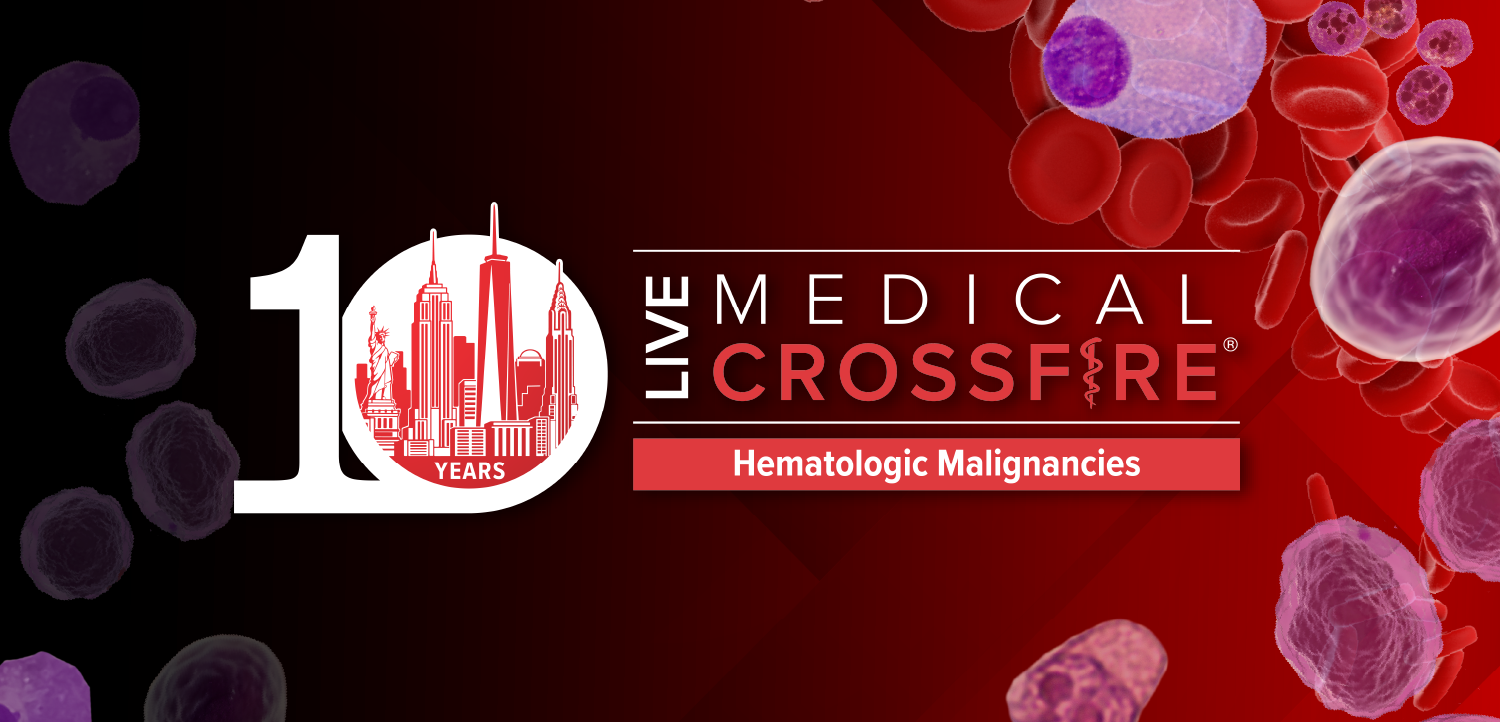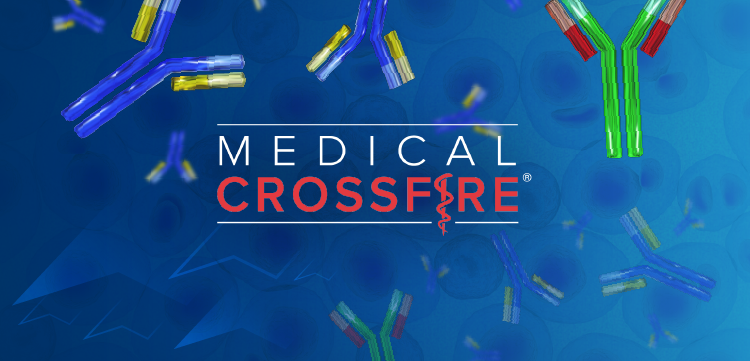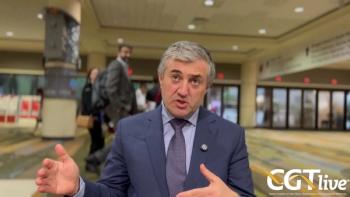
Irinotecan and Radiotherapy Active in Non–Small-Cell Lung Cancer
NASHVILLE, Tennessee-Irinotecan (Camptosar) combined with radiation therapy is active in non–small-cell lung cancer (NSCLC) and is most effective when the chemotherapy and radiation therapy are given concurrently, Hak Choy, MD, reported at a clinical investigators’ workshop sponsored by the University of Texas M. D. Anderson Cancer Center and Pharmacia Oncology. Dr. Choy is Professor and Vice Chairman of the Department of Radiation Oncology at the Vanderbilt Cancer Center in Nashville, Tennessee.
NASHVILLE, TennesseeIrinotecan (Camptosar) combined with radiation therapy is active in nonsmall-cell lung cancer (NSCLC) and is most effective when the chemotherapy and radiation therapy are given concurrently, Hak Choy, MD, reported at a clinical investigators workshop sponsored by the University of Texas M. D. Anderson Cancer Center and Pharmacia Oncology. Dr. Choy is Professor and Vice Chairman of the Department of Radiation Oncology at the Vanderbilt Cancer Center in Nashville, Tennessee.
Topoisomerase I inhibitors are radiosensitizers because they prevent the repair of radiation-induced DNA damage, Dr. Choy said. Irinotecan is also synergistic with cisplatin [Platinol] as a cytotoxic agent.
Sequential vs Concurrent
Dr. Choy reviewed studies comparing sequential to concurrent chemoradiotherapy. Radiation Therapy Oncology Group (RTOG) 9410, for example, reported median survival of 17.0 months with concurrent administration vs 14.6 months with sequential chemoradiotherapy (P = .08). This improvement was evident in 3-year survival (26% vs 18%) and median progression-free survival (10.6 months vs 8.8 months). Esophagitis was the only grade 3-4 toxicity that was significantly more common with concurrent vs sequential administration (25% vs 4%). This trial supports continued use of concurrent chemo/RT, Dr. Choy said.
A phase II study conducted in Japan of induction irinotecan/cisplatin followed by concurrent irinotecan and radiation therapy in 68 patients with stage IIA/B NSCLC had a response rate of 63.3%, with a complete response rate of 5.9% and 1-year survival of 71.7%. Median survival has not yet been reached.
Toxicity Data
Other Japanese trials suggested that irinotecan given at 60 mg/m2 with radiation therapy may cause significant pulmonary toxicity. Esophageal toxicities are common, but generally acceptable, Dr. Choy said. Induction irinotecan/cisplatin caused 19% diarrhea. Overall response rate and 1- to 2-year survival rates are very encouraging.
A phase I pilot study of weekly irinotecan, carboplatin (Parapla-tin), and radiation therapy in surgically unresectable stage IIIA and IIIB NSCLC, has recently been completed. That study was conducted by Vanderbilt-Ingram Cancer Center Affiliated Network. Dr. Choy said that preliminary toxicity data suggest that weekly irinotecan with or without platinum can be combined with thoracic radiation therapy.
Newsletter
Stay at the forefront of cutting-edge science with CGT—your direct line to expert insights, breakthrough data, and real-time coverage of the latest advancements in cell and gene therapy.


